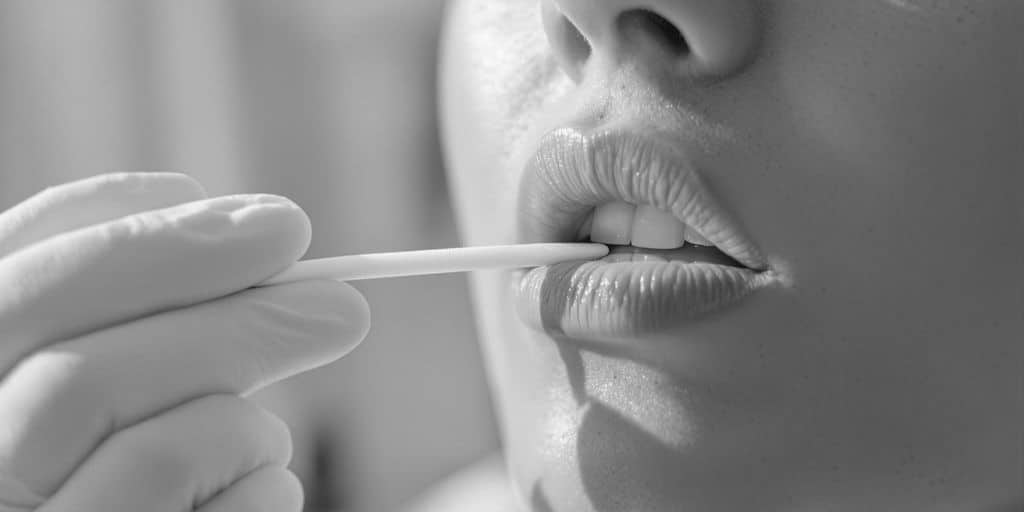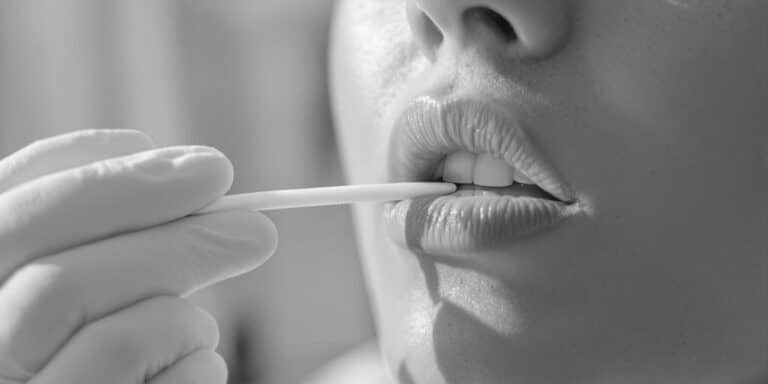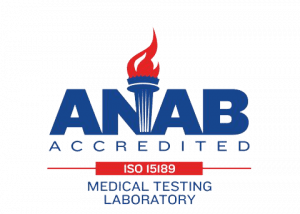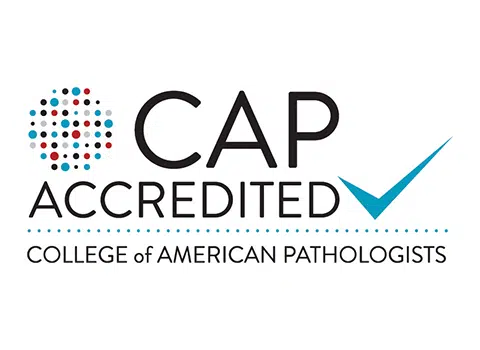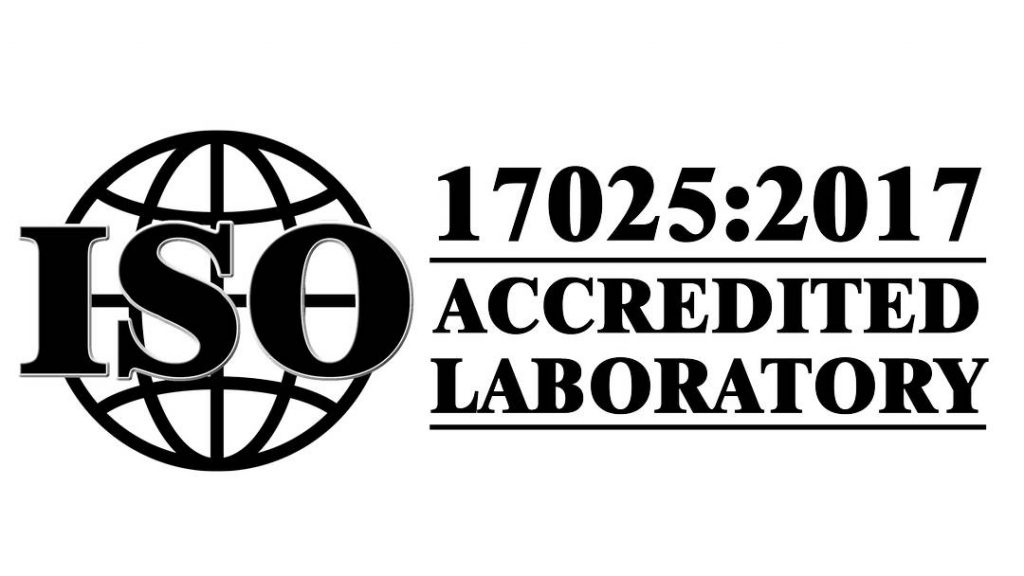DNA testing has become a popular way for people to learn more about their ancestry, health, and genetic traits. One of the most convenient methods for collecting DNA samples is through mouth swabs, also known as buccal swabs. These simple and non-invasive tests have made it easier for anyone to participate in genetic testing without the need for needles or complicated procedures. In this article, we’ll explore everything you need to know about DNA testing with mouth swabs, including how they work, their benefits, and what to expect from the results.
Table of Contents
ToggleKey Takeaways
- Mouth swabs are a simple and non-invasive way to collect DNA samples.
- They are suitable for people of all ages, making them accessible for families.
- Swabbing provides reliable and consistent DNA results comparable to blood samples.
- The collection process is straightforward and can be done at home.
- Privacy and data protection are important considerations in DNA testing.
Understanding DNA Testing With Mouth Swabs

What Is a Mouth Swab?
A mouth swab, also known as a buccal swab, is a simple tool used to collect DNA samples. Think of it as a cotton swab, but designed specifically for gathering cells from the inside of your cheek. These swabs are usually longer and have a smaller tip compared to regular cotton swabs, which helps in getting a good sample. We gently rub and turn the swab against the inner cheek to collect buccal cells, which are rich in DNA. It’s a non-invasive and easy way to get the genetic material needed for testing.
How Does It Work?
The process is pretty straightforward. We take the swab and rub it against the inside of your cheek. This action collects cells that contain your DNA. The key is to make sure we’re getting actual cells, not just saliva, which doesn’t provide a robust DNA sample. Once the sample is collected, we seal the swab and send it off to a lab. At the lab, technicians extract the DNA from the cells and analyze it. This analysis can reveal a ton of information, from ancestry to potential health risks. It’s amazing how much data can be gathered from such a simple collection method. If you are interested in tracing your family history, a genealogical DNA test might be right for you.
Common Uses for Mouth Swabs
Mouth swabs have become incredibly useful in various fields. In forensics, they’re used to collect DNA from suspects or victims, helping to solve crimes. For example, buccal swabs are instrumental in forensic investigations, whether it’s helping to identify a perpetrator through DNA matching, exonerating someone who has been falsely accused, or even identifying the deceased. In healthcare, we use them for genetic testing to assess risks for certain diseases or to determine how someone might respond to specific medications. Ancestry testing is another popular application, allowing people to trace their family history and origins. The convenience and non-invasive nature of mouth swabs make them a go-to method for collecting DNA in many different situations.
The versatility of mouth swabs stems from their ease of use and ability to provide high-quality DNA samples. This makes them suitable for a wide range of applications, from personal ancestry exploration to critical forensic investigations.
Benefits of Using Mouth Swabs for DNA Testing

Convenience and Ease of Use
We’ve found that using mouth swabs for DNA testing is incredibly convenient. It’s a simple process that can be done at home, eliminating the need for a visit to a clinic or lab. The self-administration aspect is a huge plus. Think about it: no appointments, no waiting rooms, just you and a swab. This ease of use makes it accessible to pretty much everyone.
Non-Invasive Collection Method
One of the biggest advantages, in our opinion, is that mouth swabs are non-invasive. Unlike blood draws, which can be uncomfortable or even scary for some, a mouth swab is painless. It’s just a gentle brushing against the inside of your cheek. This makes it a much more attractive option, especially for those who are averse to needles or medical procedures. Plus, it’s quick, easy, and doesn’t require any special skills or training.
Suitable for All Ages
Mouth swabs are great because they work for everyone, from infants to seniors. Getting blood samples from young kids can be tough, but a cheek swab is usually no problem. Similarly, older adults with fragile veins might find blood draws difficult, making mouth swabs a much gentler alternative. This versatility makes them ideal for family genetic testing and research studies involving diverse age groups.
We’ve noticed that mouth swabs offer a less stressful experience for both the person providing the sample and the person collecting it, especially when dealing with children or individuals with anxiety around medical procedures. It’s a win-win for everyone involved.
Accuracy of DNA Testing With Mouth Swabs

High-Quality DNA Yield
When we think about DNA testing, getting enough high-quality DNA is super important. With mouth swabs, we’ve found that we can usually get a good amount of DNA for testing. It’s true that blood samples might give you more DNA, but honestly, the amount we get from mouth swabs is often more than enough for many common tests. This means we can get accurate results without needing anything invasive.
Consistency in Results
We all want to know if the test results we get are reliable, right? Well, studies have shown that mouth swabs give us pretty consistent results. Whether we’re looking at SNPs or trying to identify genetic variants, mouth swabs hold up. This consistency is key because it means we can trust the results we’re getting from these tests.
Technological Advancements in Analysis
Technology keeps getting better, and that includes how we analyze DNA. With things like next-generation sequencing (NGS) and PCR techniques, we can now get really precise genetic profiles from the DNA we collect with mouth swabs. These advancements mean we’re getting more accurate results than ever before. It’s pretty cool how far DNA identification has come!
Comparing Mouth Swabs to Other DNA Collection Methods
Blood Samples vs. Mouth Swabs
When we think about DNA collection, blood samples often come to mind first. They’ve been the standard for a long time, and for good reason. Blood typically yields a high quantity of DNA, which is great for certain types of in-depth genetic analysis, like whole-genome sequencing. However, getting blood drawn isn’t always convenient or comfortable. It requires a trained professional, and some people might be anxious about needles. Mouth swabs, on the other hand, are non-invasive and can be done at home. For many routine DNA tests, the amount of DNA collected from a mouth swab is more than sufficient. Plus, shipping a blood sample requires special handling and temperature control, adding to the complexity and cost.
Saliva Tubes vs. Mouth Swabs
Saliva tubes are another popular alternative. You simply spit into a tube until you reach a certain fill line. While saliva can provide a good amount of DNA, some people find it difficult to produce enough saliva, especially older adults or those on medications that cause dry mouth. There’s also the restriction of not eating or drinking for a period before collecting your sample, which can be inconvenient. With mouth swabs, the collection process is generally easier and less dependent on saliva production. Plus, RSV tests are designed to detect smaller amounts of the virus, making them more sensitive and effective.
When to Choose Each Method
So, when should you choose each method? It really depends on the specific situation. If a test requires a very high yield of DNA or specific types of DNA analysis, blood might be the best option. If ease of collection is a priority and the test doesn’t require a huge amount of DNA, mouth swabs are a great choice. Saliva tubes can be a good middle ground, but keep in mind the potential challenges with saliva production. Consider these points:
DNA Quantity: Blood generally provides the most, followed by saliva, then mouth swabs.
Ease of Collection: Mouth swabs are the easiest, followed by saliva tubes, then blood samples.
Cost: Mouth swabs and saliva tubes are typically less expensive than blood draws.
Specific Test Requirements: Some tests may require a specific sample type for accurate results. For example, ancestry DNA tests featuring a cheek swab are convenient and simple.
Ultimately, the best method depends on your individual needs and the requirements of the DNA test. It’s always a good idea to talk to a healthcare professional or genetic counselor to determine the most appropriate option for you.
How to Collect a DNA Sample Using a Mouth Swab
Step-by-Step Collection Process
Okay, so you’ve got your mouth swab kit and you’re ready to go. First things first, check the kit to make sure you have everything: the swabs, instructions, and a tube or container to put the swab in after you’ve collected your sample. Make sure you don’t eat, drink, or smoke for at least 30 minutes before you start. This helps to avoid contamination and ensures a good sample.
- Open the package and take out a swab, being careful not to touch the cotton end with your fingers.
- Gently rub the swab on the inside of your cheek, using a circular motion. Do this for about 30 seconds on each side. You want to make sure you’re collecting enough cells, but don’t scrub too hard.
- After you’ve swabbed both cheeks, let the swab air dry for a minute or two. This helps preserve the DNA.
- Place the swab in the provided tube or container, following the kit’s instructions. Seal it tightly and label it with your name and the date.
Tips for Successful Sample Collection
Getting a good DNA sample with a mouth swab isn’t hard, but there are a few things you can do to make sure it goes smoothly. First, read the instructions carefully. Each kit might have slightly different steps, so it’s important to follow them closely. Also, make sure your mouth is clean before you start. Brushing your teeth beforehand can help remove any food particles that might interfere with the sample. If you have dentures, remove them before swabbing. And finally, be patient. It might take a few tries to get a good sample, especially if you have a dry mouth. If you’re having trouble, try gently massaging your cheeks to stimulate saliva production.
What to Avoid During Collection
To ensure the integrity of your DNA sample, there are several things you should avoid during the collection process. Don’t touch the tip of the swab with your fingers, as this can contaminate the sample. Avoid eating, drinking, or smoking before collecting your sample, as these can also interfere with the results. Also, don’t talk or cough while swabbing your mouth, as this can introduce foreign substances into the sample. If you accidentally drop the swab or contaminate it in any way, use a new one. It’s better to be safe than sorry when it comes to DNA testing services.
It’s important to remember that the accuracy of your DNA test depends on the quality of the sample you provide. By following these simple steps and avoiding common mistakes, you can ensure that your sample is suitable for analysis and that you receive accurate and reliable results.
Interpreting Your DNA Test Results
DNA test results can seem like a foreign language at first glance. We’ll break down what to expect and how to make sense of the information you receive.
Understanding Genetic Markers
Genetic markers are specific DNA sequences that vary between individuals. These variations can tell us a lot about our ancestry, predisposition to certain conditions, and even traits like eye color. Think of them as signposts in your genetic code. Different tests look at different sets of markers, so it’s important to understand which markers your test analyzed and what they mean. The markers are compared against reference populations to estimate your genetic heritage.
Common Genetic Tests Available
There’s a wide range of genetic tests available, each designed to provide different insights. Here are a few common types:
Ancestry tests: These trace your lineage and provide an ethnicity estimate.
Health predisposition tests: These assess your risk for developing certain diseases, like heart disease or Alzheimer’s.
Carrier status tests: These determine if you carry genes for inherited conditions, which is especially useful if you’re planning a family.
Pharmacogenomic tests: These analyze how your genes might affect your response to certain medications.
Consulting with Professionals
While many DNA testing companies provide resources to help you understand your results, it’s often beneficial to discuss them with a healthcare professional or genetic counselor. They can provide personalized insights, address any concerns you may have, and help you make informed decisions based on your Papanicolaou smear results.
A genetic counselor can help you understand the implications of your results, especially if they reveal a higher risk for a particular condition. They can also guide you through options for further testing, lifestyle changes, or preventative measures. It’s important to remember that genetic tests are just one piece of the puzzle, and lifestyle and environmental factors also play a significant role in your health.
Privacy and Confidentiality in DNA Testing
Data Protection Measures
When we consider DNA testing, it’s natural to wonder about data security. We want to know our genetic information is safe. Most reputable testing companies have strict data protection protocols in place. These often include encryption, secure servers, and limited access to your data. It’s a good idea to read the company’s privacy policy carefully to understand how they handle your information.
Understanding Consent
Informed consent is a big deal in DNA testing. Before you submit a sample, you should fully understand what you’re agreeing to. This includes knowing how your data will be used, who will have access to it, and how long it will be stored. You should also be aware of your right to withdraw your consent and have your data deleted. Always read the consent forms carefully and ask questions if anything is unclear.
What Happens to Your Sample After Testing
Ever wonder what happens to your mouth swab after the lab gets what they need? Well, there are a few possibilities. Some companies store the samples for a set period, in case further analysis is needed. Others destroy the samples immediately after testing. And some might ask for your permission to use your sample for research purposes. It’s important to know the company’s policy on sample storage and disposal. Here’s a quick rundown:
- Immediate destruction
- Storage for a limited time
- Use for research (with consent)
It’s worth noting that some companies allow you to choose what happens to your sample. You might be able to opt out of research or request immediate destruction. This level of control can give you extra peace of mind.
Ultimately, understanding these aspects of privacy and confidentiality can help us make informed decisions about DNA testing.
When it comes to DNA testing, keeping your personal information safe is super important. You should always know how your data will be used and who can see it. At our website, we take your privacy seriously and have strong measures in place to protect your information. If you want to learn more about how we keep your DNA test results confidential, visit us today!
Wrapping It Up
In conclusion, using mouth swabs for DNA testing is a smart choice for many people. They’re easy to use, painless, and you can do it right at home. Plus, the results are reliable and accurate, which is what you want when it comes to understanding your genetics. Whether you’re looking into ancestry, paternity, or health risks, buccal swabs make the process straightforward. So, if you’re considering a DNA test, think about going with a cheek swab. It might just be the best option for you.
Frequently Asked Questions
What is a mouth swab for DNA testing?
A mouth swab is a simple tool used to collect DNA samples by swabbing the inside of your cheek. It’s an easy way to gather DNA without needing a needle.
How do you use a mouth swab?
To use a mouth swab, you gently rub the swab against the inside of your cheek for about 30 seconds. Then, you place it in a special container to send for testing.
What are the benefits of using mouth swabs for DNA testing?
Mouth swabs are convenient, painless, and can be used by people of all ages. They are also easy to transport and don’t require a visit to a clinic.
Is DNA from mouth swabs accurate?
Yes, DNA collected from mouth swabs is very accurate. Modern testing methods ensure that the results are reliable and consistent.
Can anyone use a mouth swab for DNA testing?
Absolutely! Mouth swabs are suitable for everyone, including children and seniors. They are a great option for family testing.
What happens to my DNA sample after testing?
After testing, your DNA sample is usually destroyed or stored securely, depending on the company’s privacy policy. Always check how your data will be handled.


